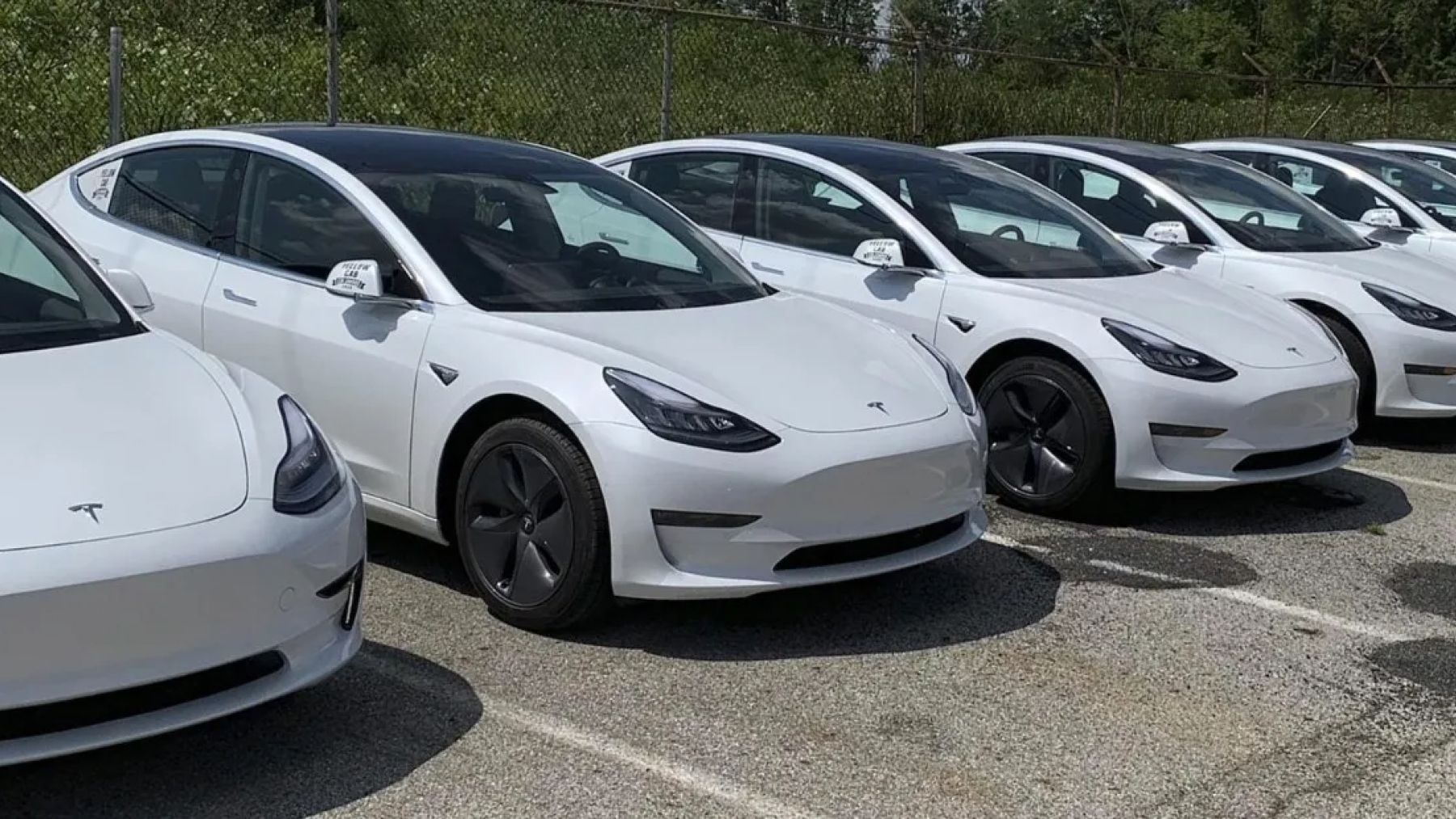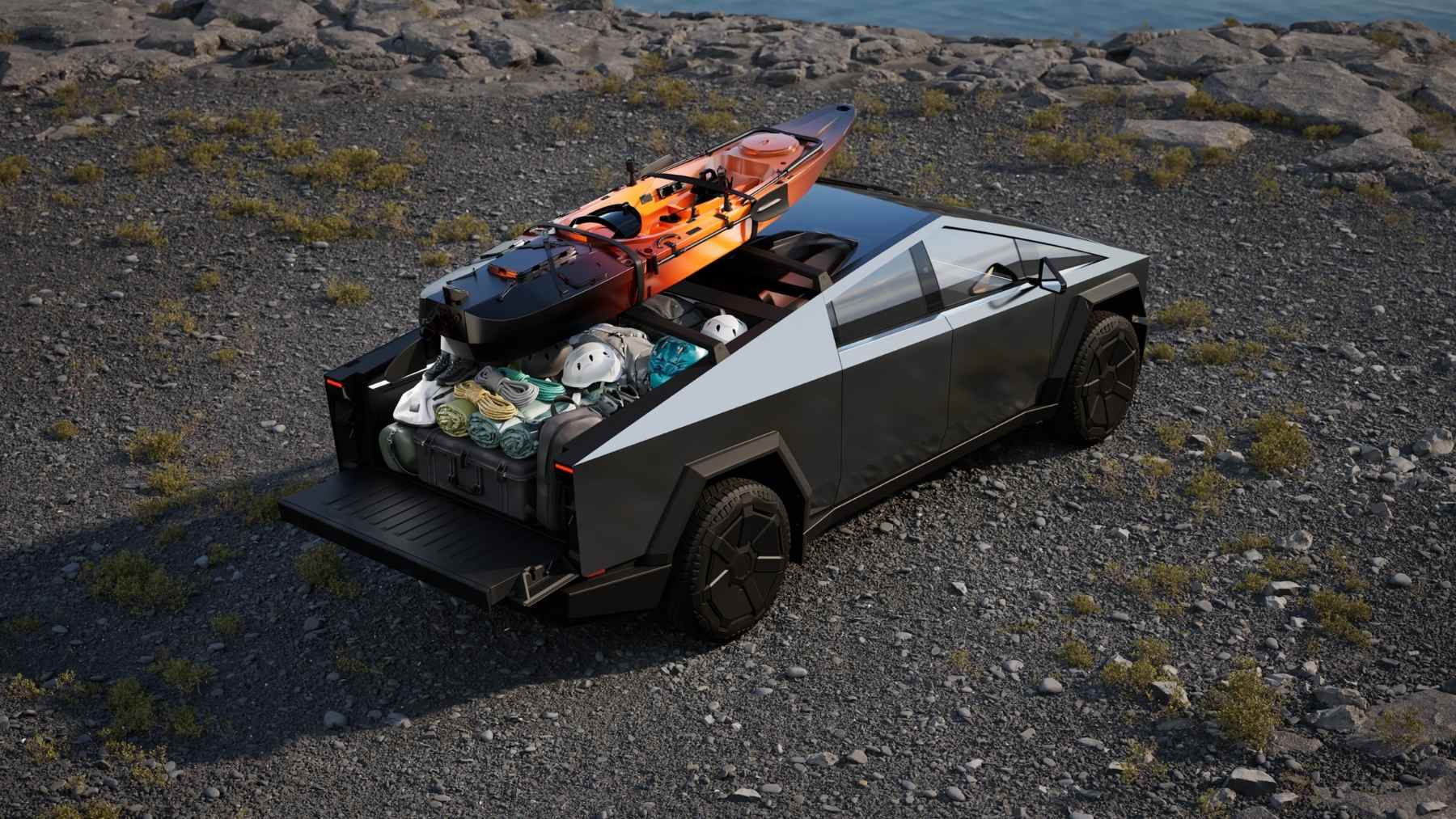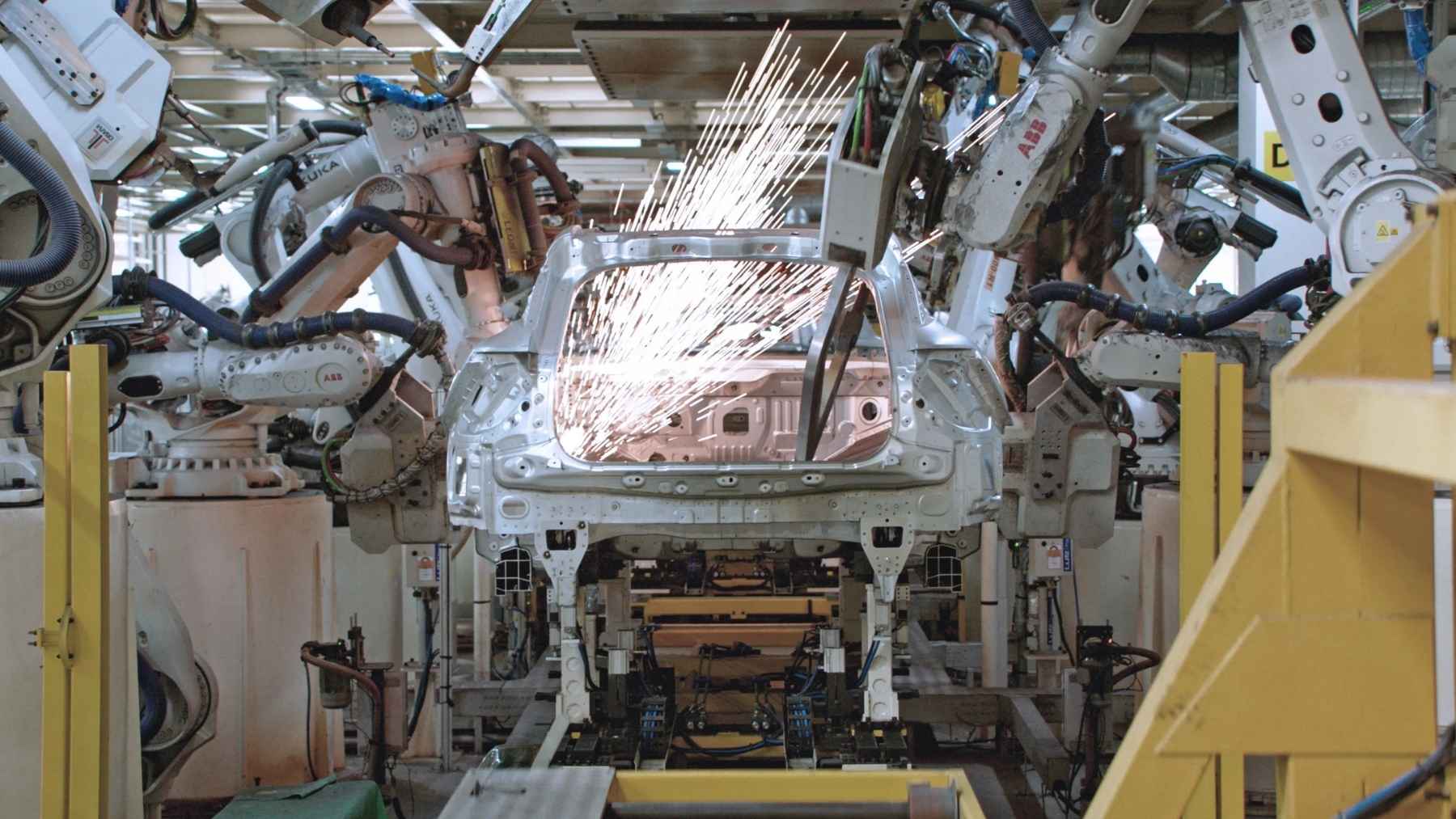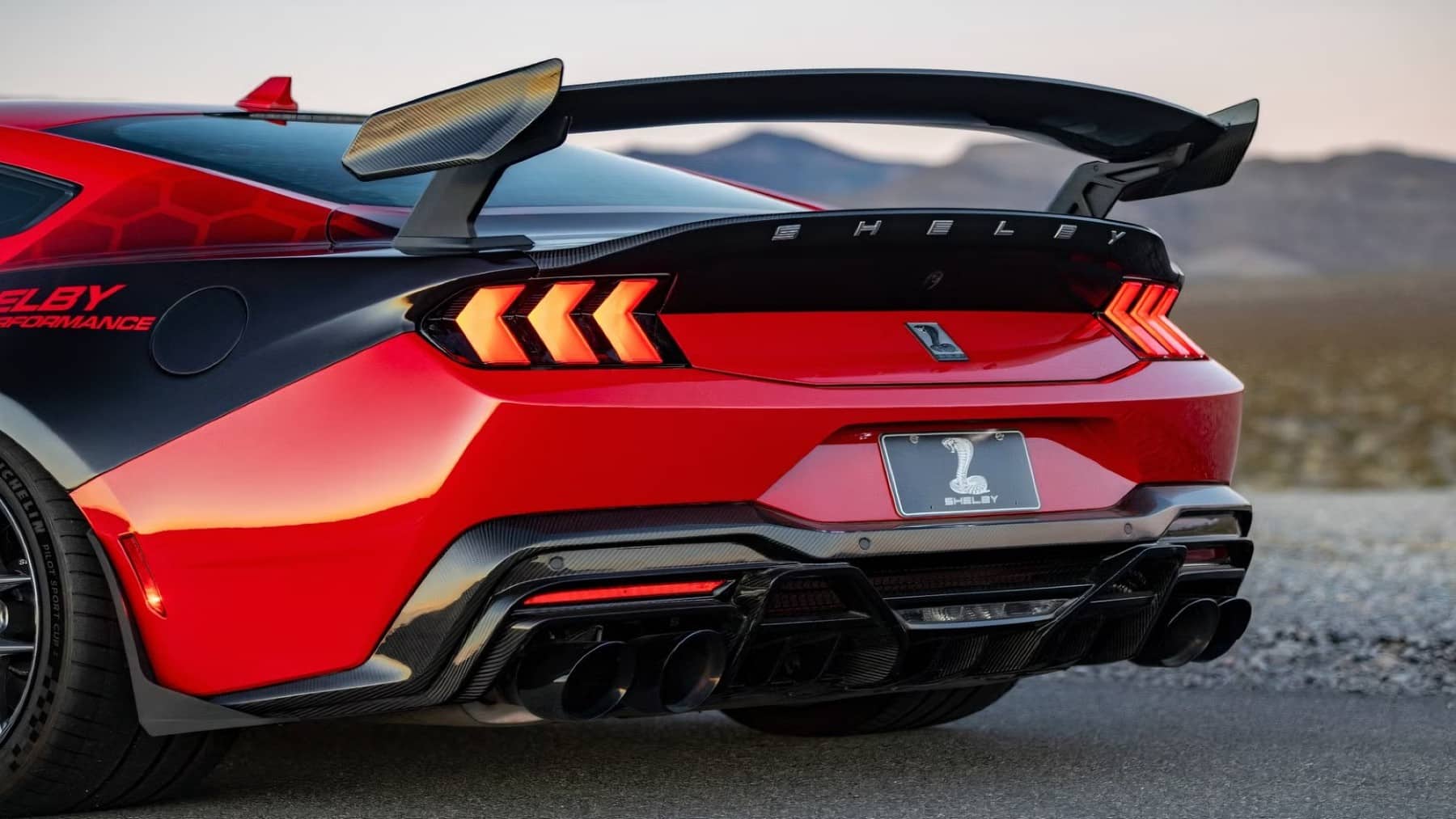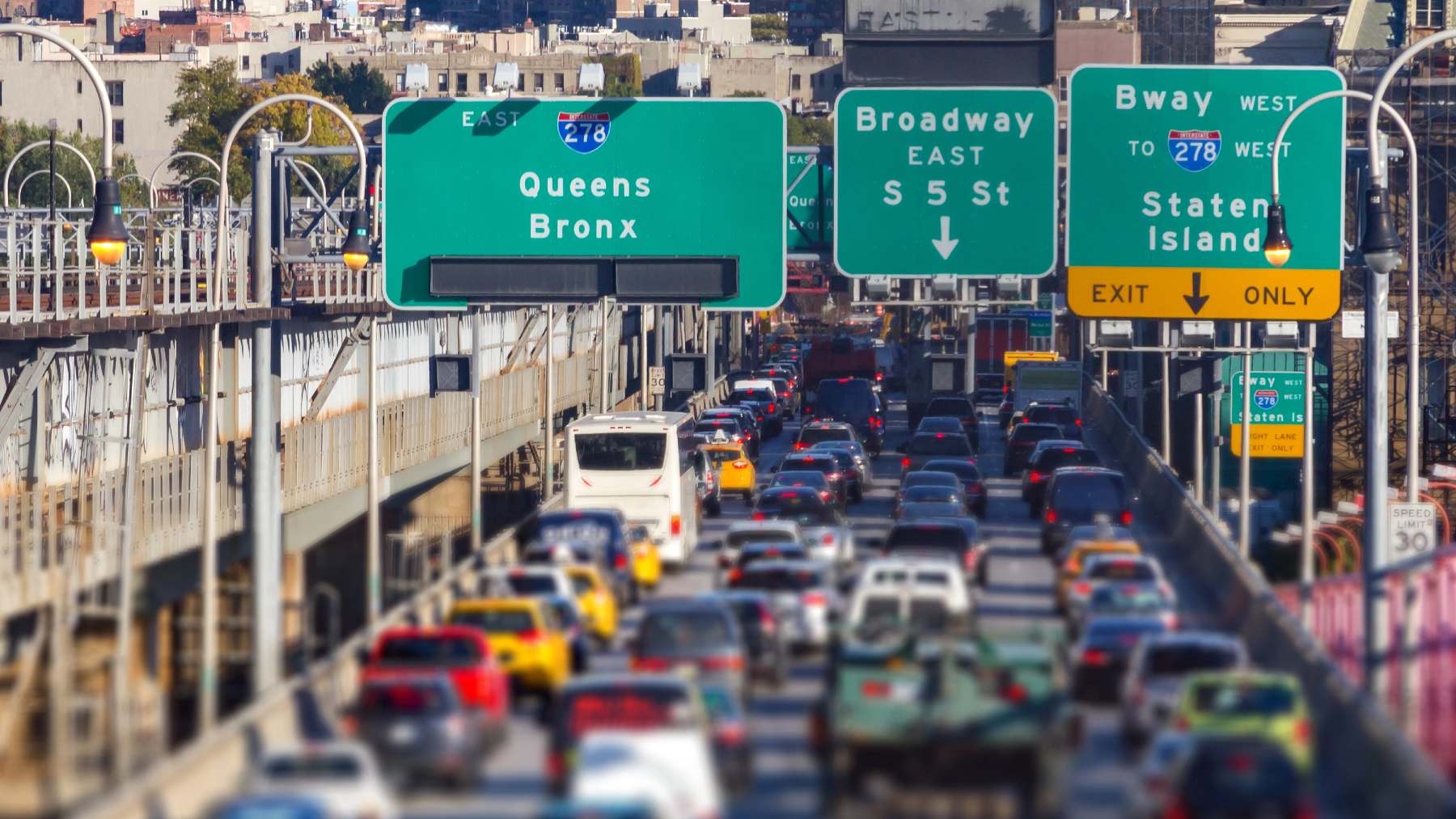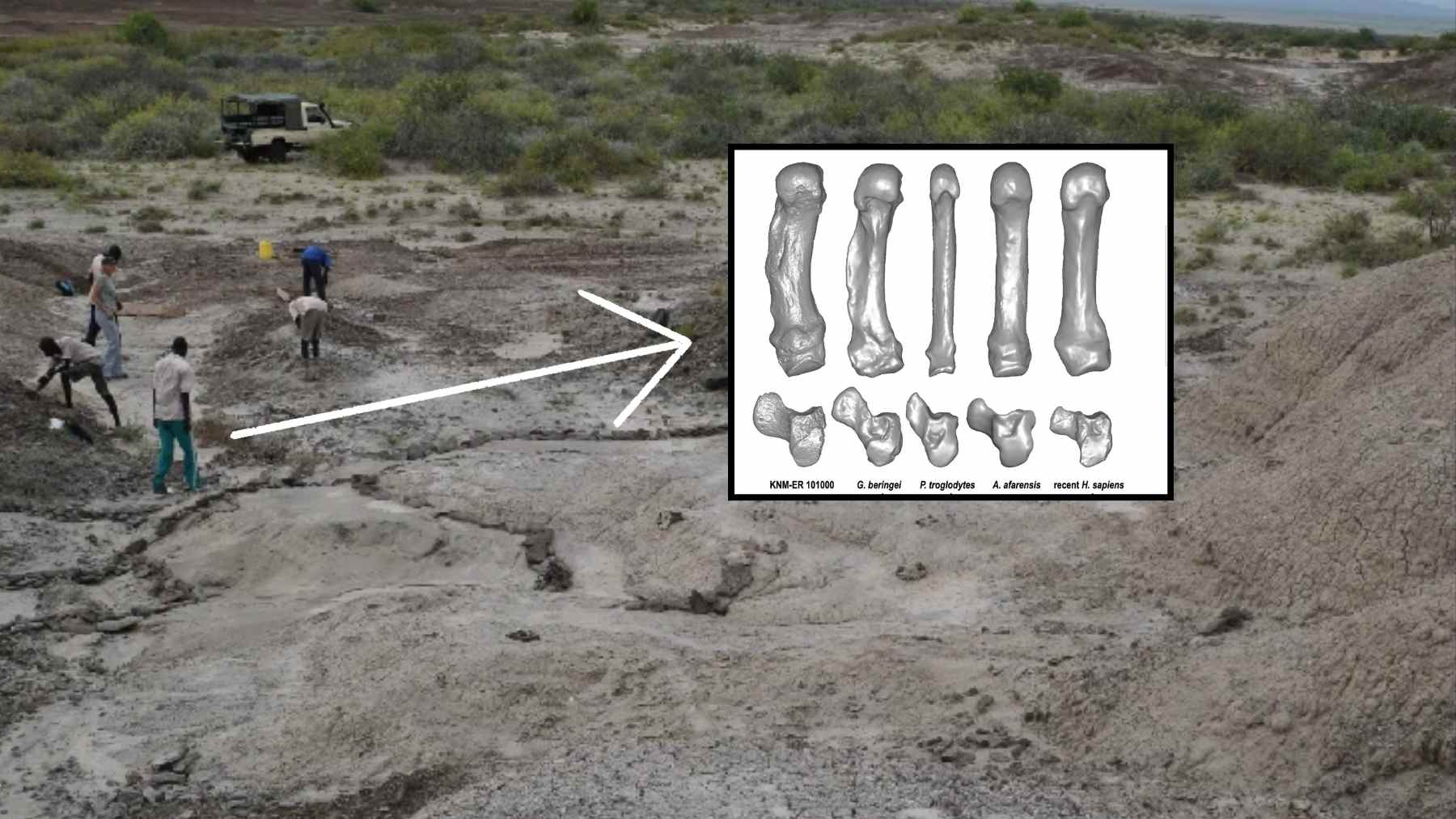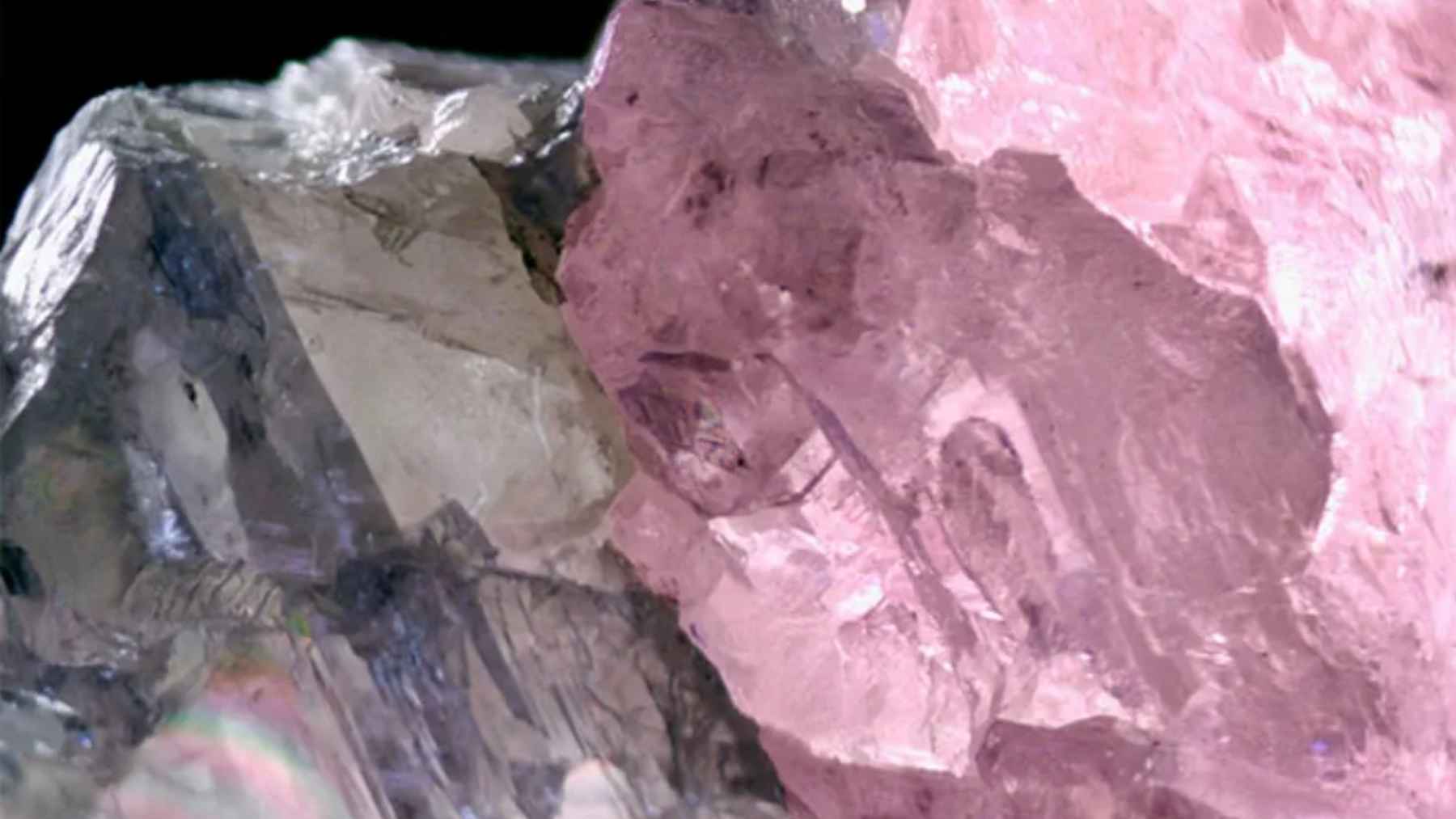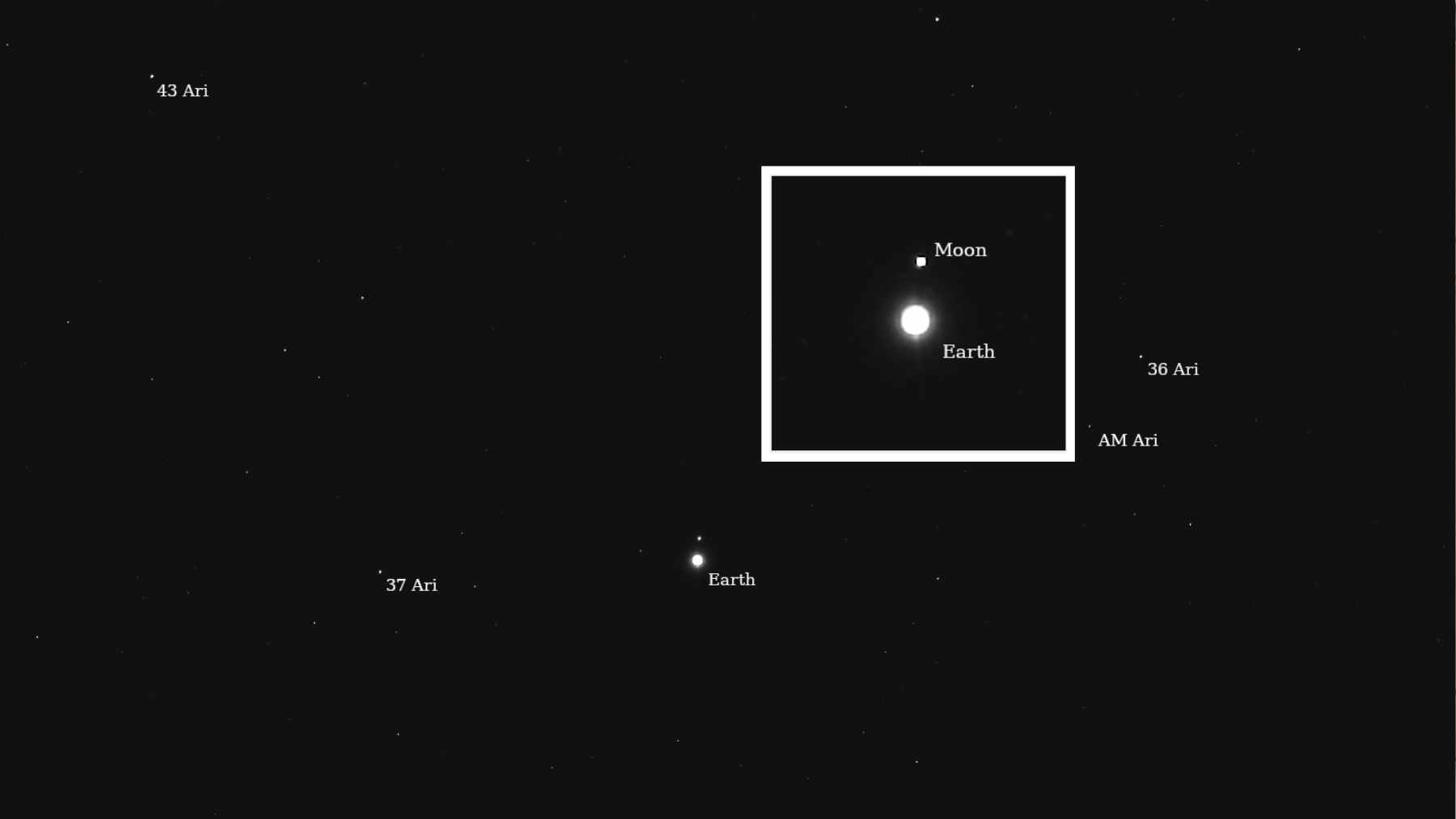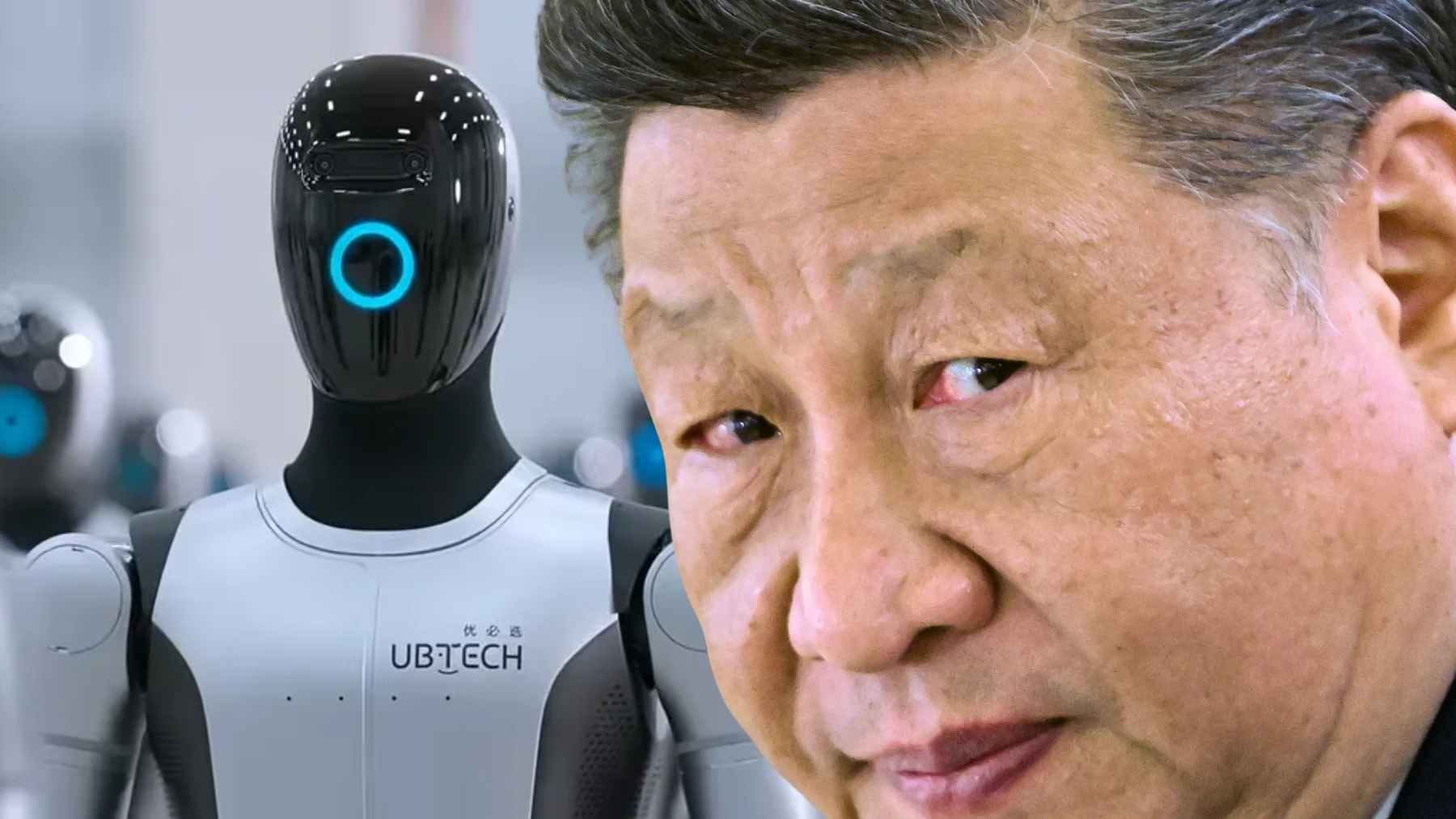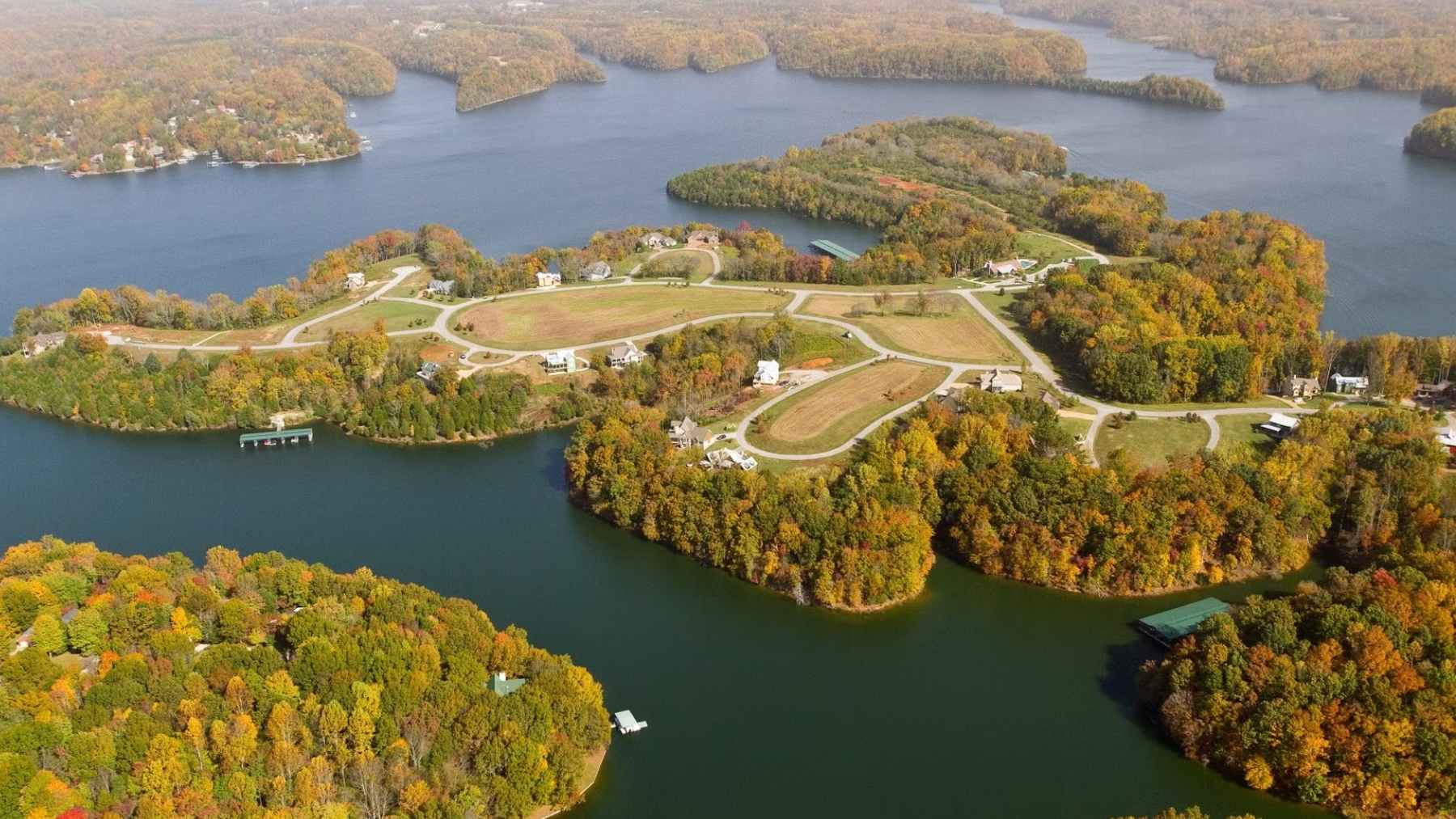As technology becomes more advanced, vehicles are becoming increasingly futuristic. Not only is this contributed from the rise of alternative engine solutions, such as electric and hydrogen engines, but also the increasing investigation into self-driving vehicles. While a self-driving car has been a dream for years, it has in the past decade started to become a reality. Tesla has been a large player in this sphere, however, they have faced challenges recently regarding the technology’s safety in practice.
Tesla faces recent challenges on the road
Tesla has long been respected as an innovator in the automobile sphere. Launched in 2003, the company quickly rose to popularity due to its luxury electric vehicles, which have remained favorites on the road. However, recent problems with the vehicles on the roads, increased competition from China, as well as CEO Elon Musk’s involvement in politics, have threatened the company’s position.
Tesla has recently recalled Model S and X vehicles, as well as a mass recall of Cybertruck vehicles. While vehicle recalls are not uncommon across automobile companies, the Cybertruck vehicle recalls have been particularly problematic, as the cars have been on the road for less than a year and have faced eight mass recalls. Adding additional challenges, China’s BYD electric vehicles are becoming a close competitor to the American company. And the recent problems with the cars’ self-driving technology have not helped in terms of competition.
Controversial self-driving technology
Tesla has been pushing for self-driving vehicles for years, but has received intense pushback due to concerns over the safety of the technology. The National Highway Traffic Safety Administration has been investigating Tesla after four crashes last year involved the technology. Tesla currently offers two types of self-driving programs:
- Autopilot
- Full Self-Driving (supervised)
Full Self-Driving technology is much more comprehensive than Autopilot, which is limited to traffic-aware cruise control and Autosteer. Full Self-Driving, on the other hand, has the following capabilities according to Tesla:
- Navigate on Autopilot
- Auto Lane Change
- Autopark
- Dumb Summon
- Actually Smart Summon
- Autosteer on City Streets
- Traffic and Stop Sign Control
Despite criticisms over the technology, Tesla asserts that they have always emphasized that the driver must remain aware and vigilant on the road when using the technology. Drivers who do not pay attention to the road when using autonomous driving technology use the technology irresponsibly.
“The currently enabled Autopilot and Full Self-Driving (Supervised) features require active driver supervision and do not make the vehicle autonomous. Full autonomy will be dependent on achieving reliability far in excess of human drivers as demonstrated by billions of miles of experience, as well as regulatory approval, which may take longer in some jurisdictions,” says Tesla on their website.
Tesla replaces 4 million computers in vehicles
According to news reported by Electrek, Tesla has recently had to replace the self-driving computers inside four million vehicles. According to Electrek, Tesla originally introduced the technology into their cars using the HW2.5, before moving over to an upgraded version called HW3. The manufacturer began giving away new HW3 computers before switching again to a new and more potent self-driving computer, HW4, in its new cars from 2023.
However, according to Electrek, vehicles that still have the HW3 technology cannot handle the demands of the Full Self-Driving technology. Approximately 4 million Teslas are still fitted with this technology and need to be replaced with HW4 technology if they are to use the autonomous driving technology. Musk has stated that the company will need to upgrade and refit these computers for vehicle owners. This new setback for Tesla, coupled with the recalls and continued concerns over the technology in the first place, is sure to be a sustained challenge.
